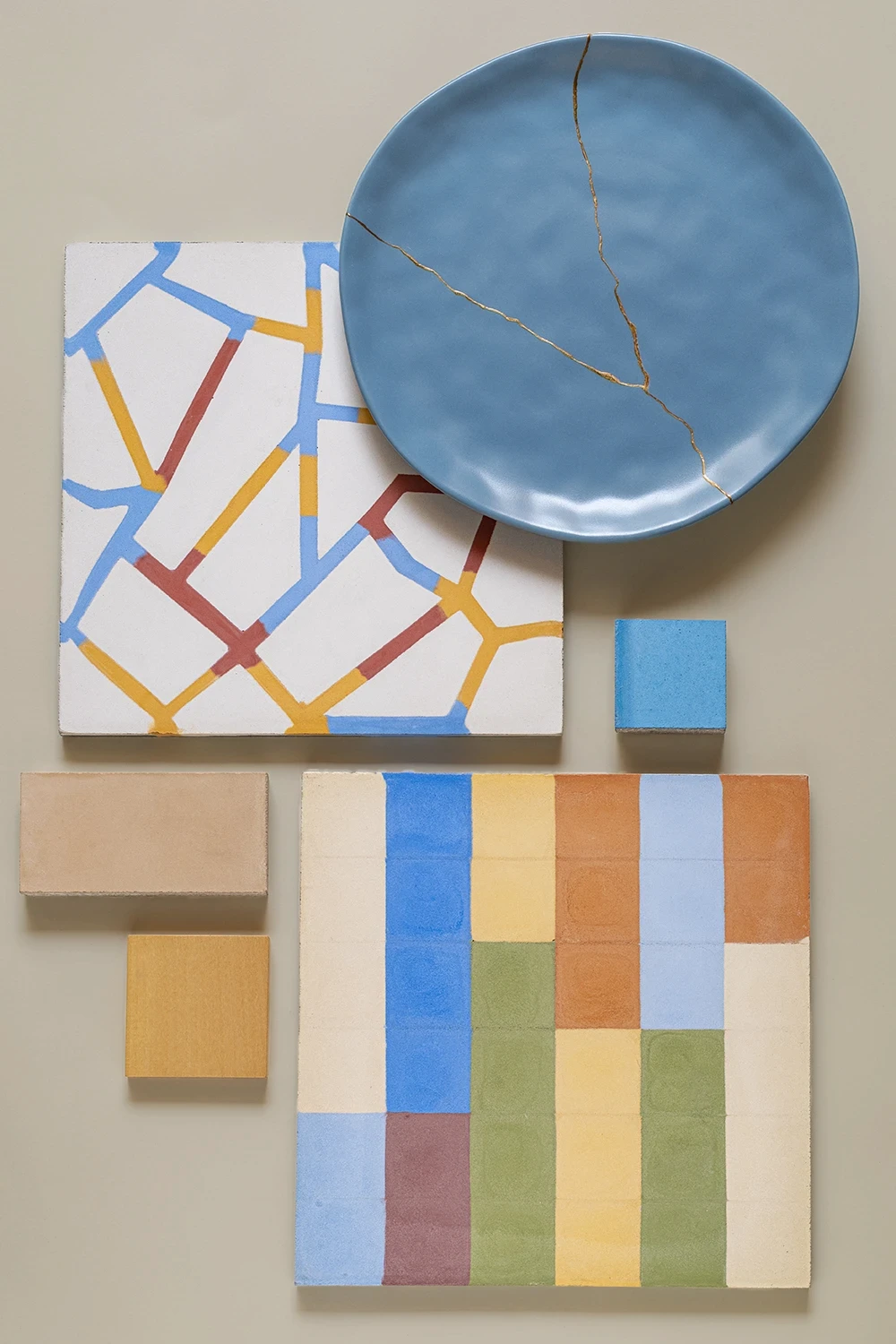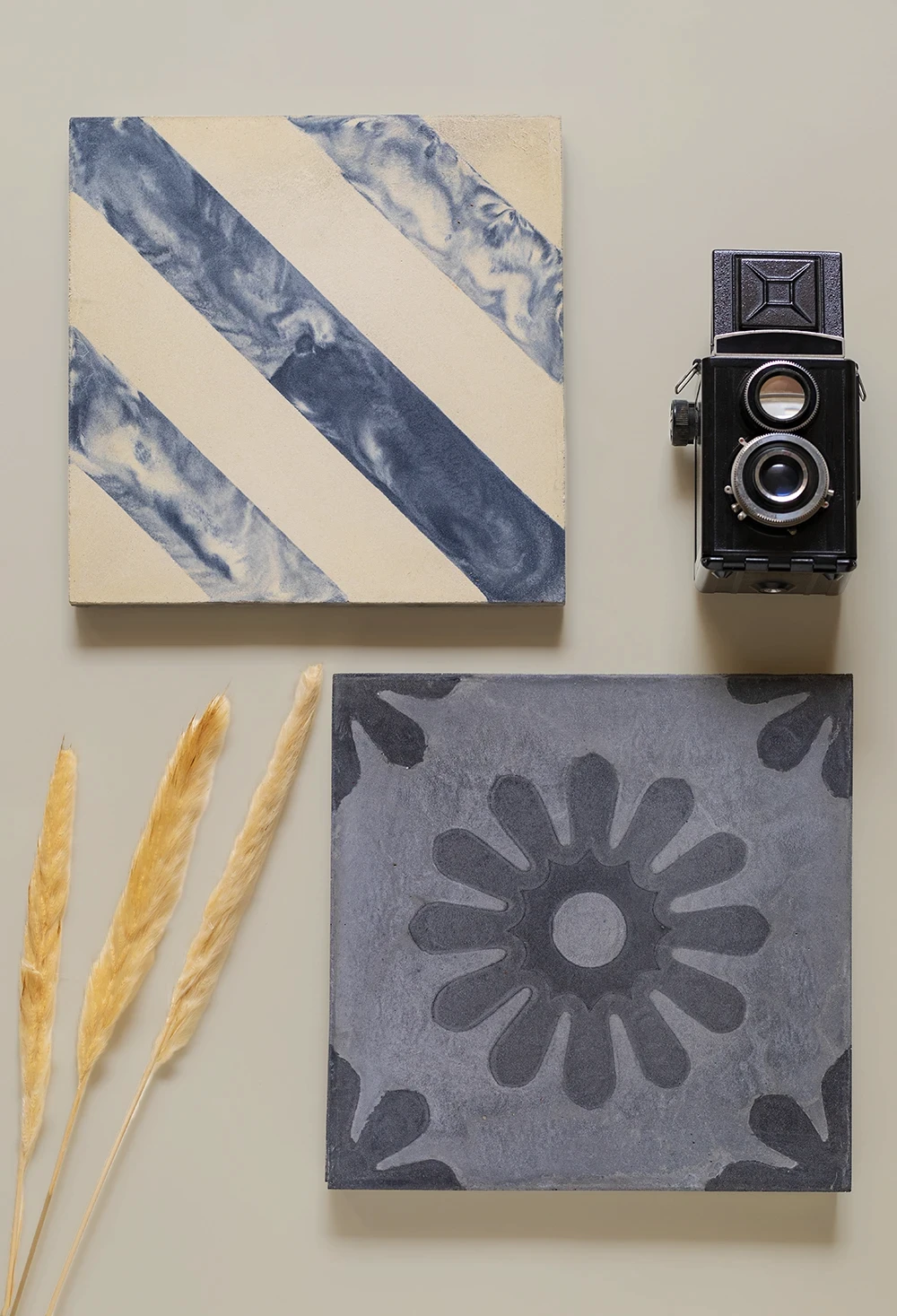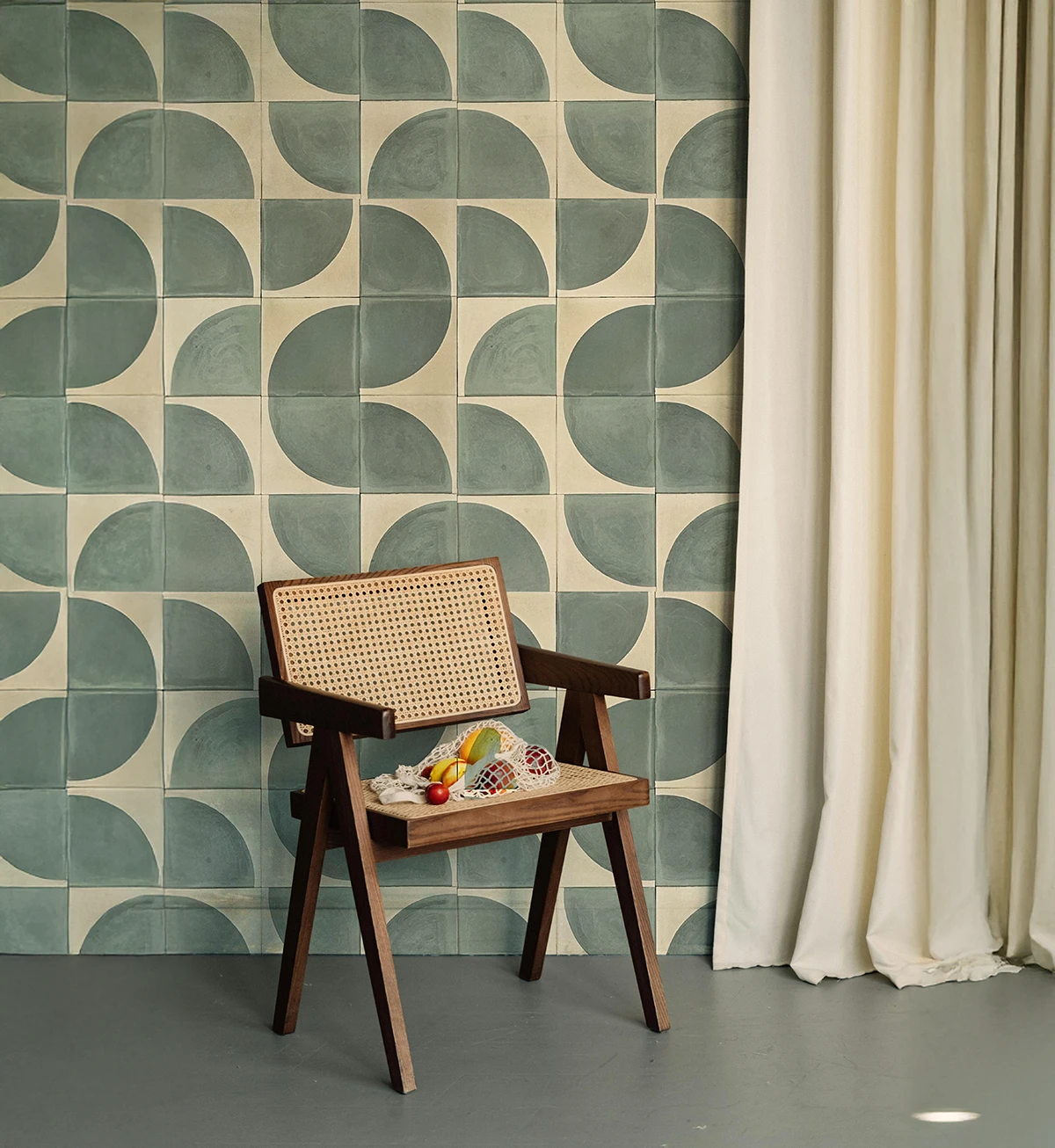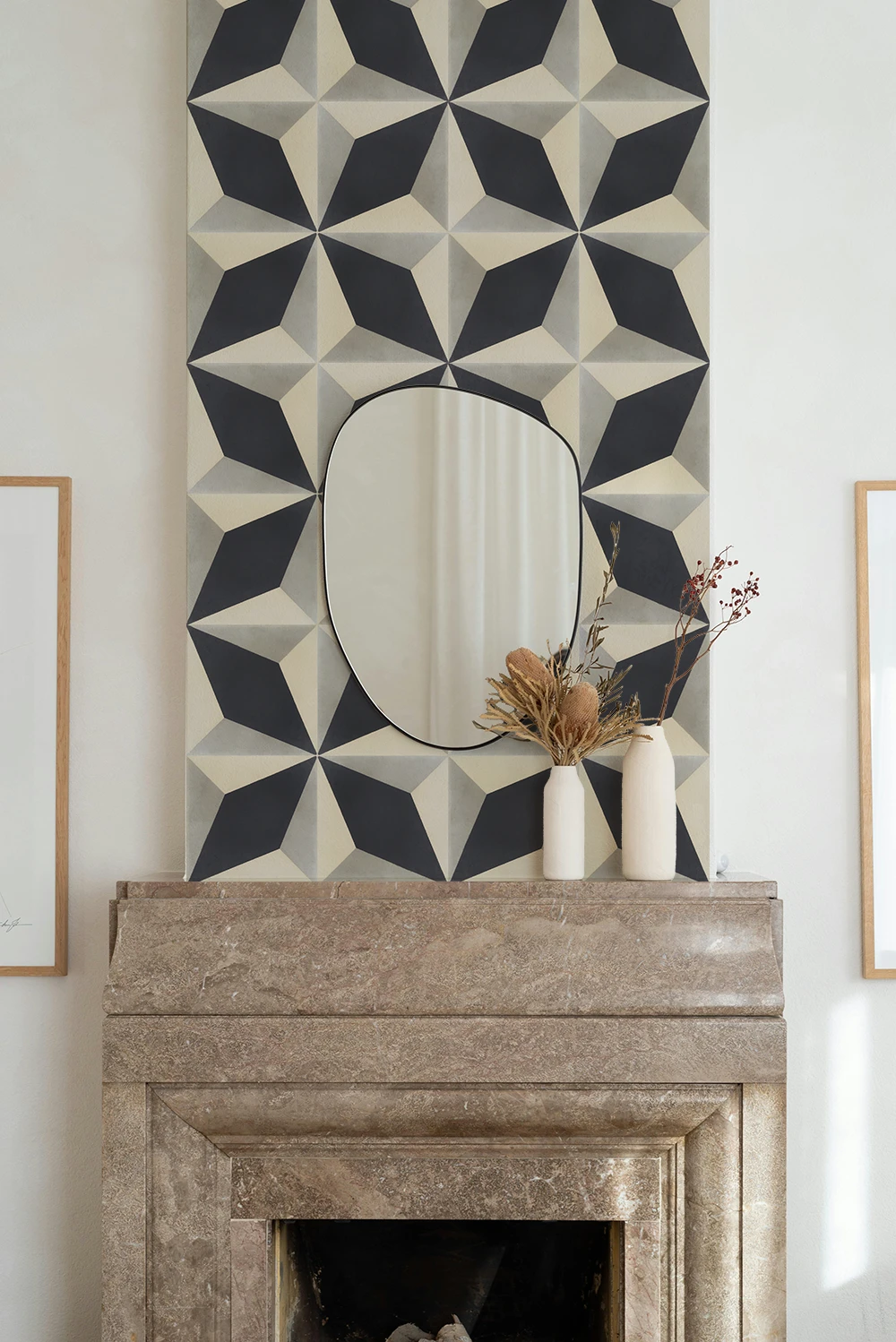Indoor Cement Tile Floors
A Contemporary interpretation for a distinctive and original design
Cement tiles are a true symbol of timeless elegance. These tiles, known for their vibrant colors and intricate designs, weave together geometric and floral patterns reminiscent of fine carpets, creating visually striking patterns. Each cementine is an original artifact and carries with it a flavor of ancient romanticism that finds new expression in contemporary design.


Concrete Made in Italy
Italian craftsmanship that furnishes with personality
Our company produces cement tiles that are an expression of Made in Italy craftsmanship, individually crafted using traditional techniques and designed to meet the demands of a design that blends contemporary taste and style. The perfect choice for those looking to add a touch of uniqueness and the charm of the past to their spaces, while having the option to choose new, fresh, and modern designs that continue to enchant and impress, just as they always have.

Cementine interior wall tiles: timeless personality and style
Cement tiles are also used as interior wall coverings, perfect for creating interior design projects that tell a story of great character within a modern and sophisticated space.
Cement tiles combine traditional and contemporary art in a meeting that works and excites. Cement tiles add uniqueness and a touch of newfound elegance to any room.

